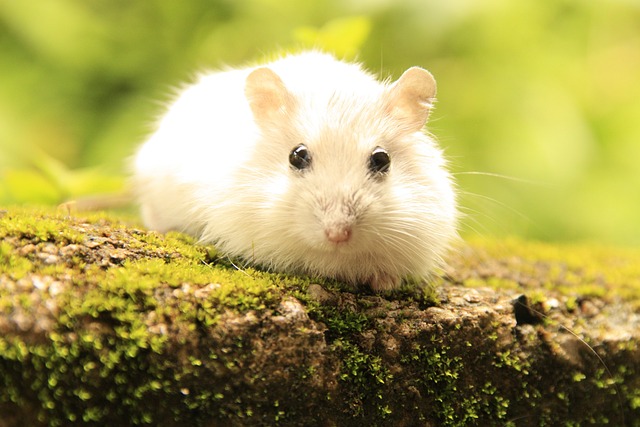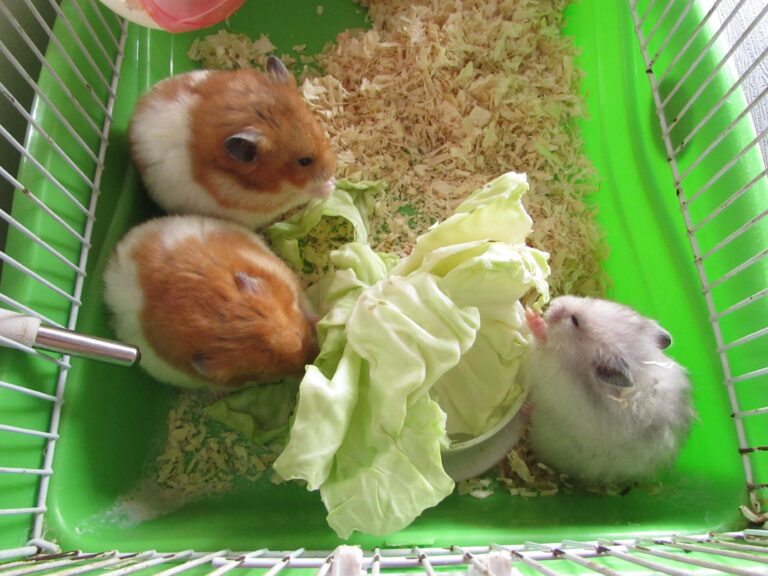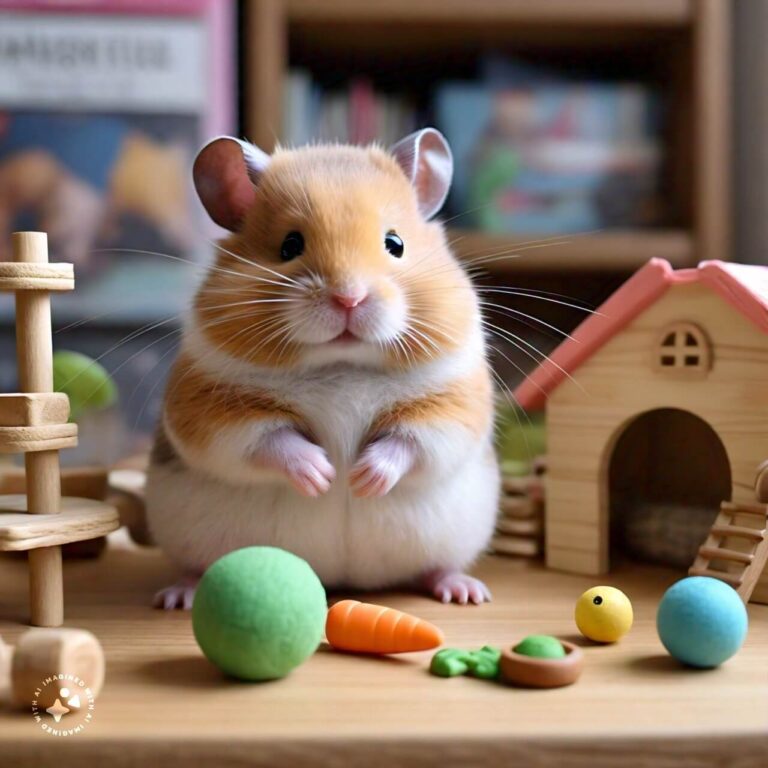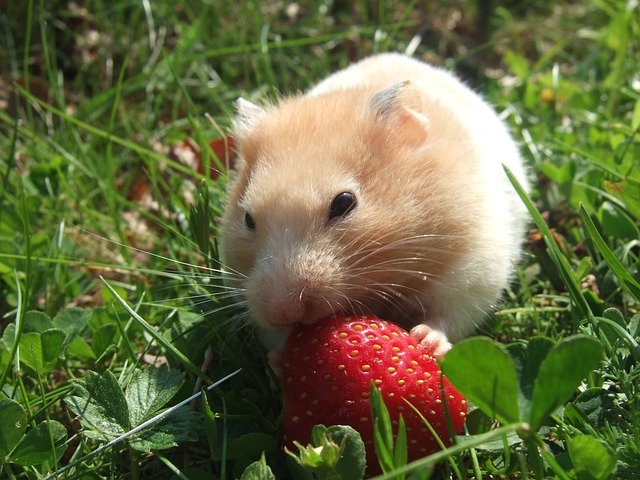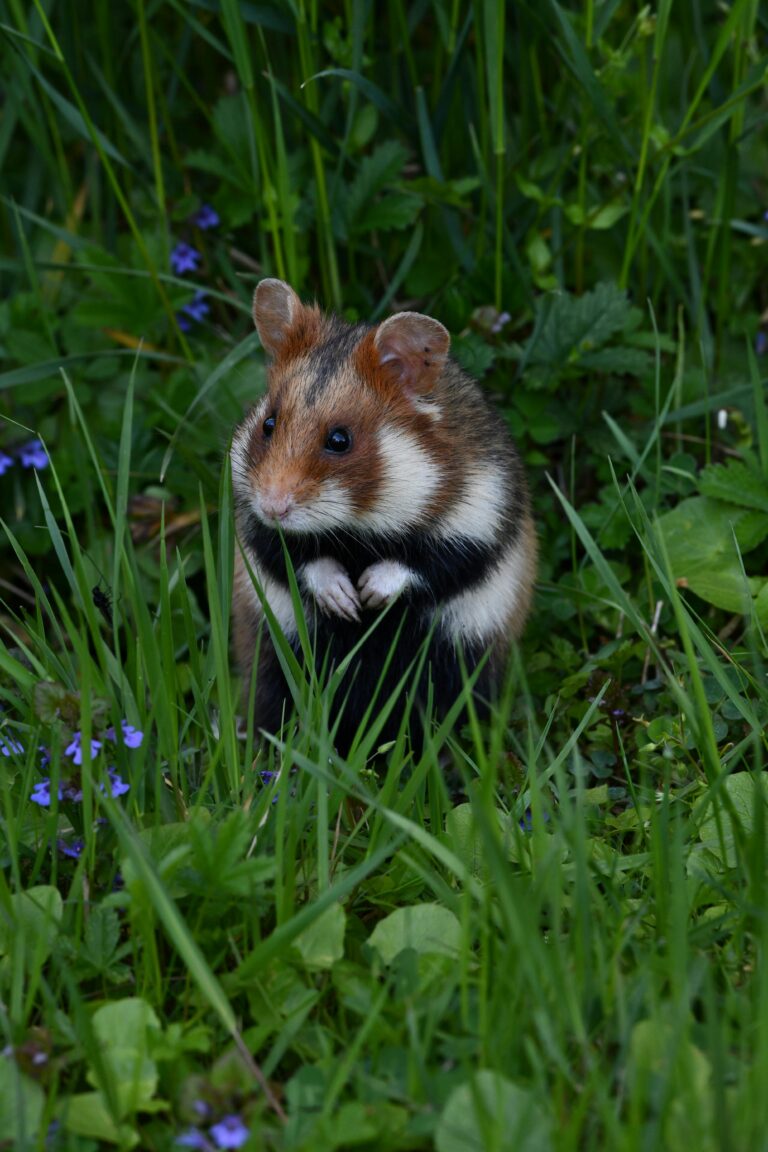American Hamster Breed Habits And Price – Hamsters.pk
Introduction to the American Hamster: Origins and Characteristics
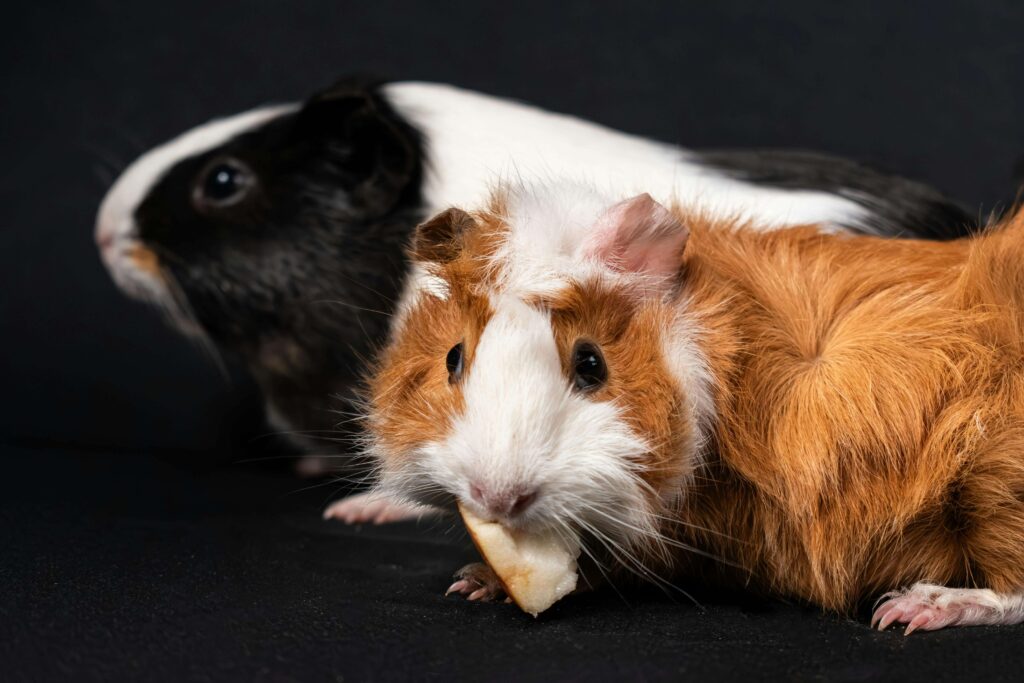
The American hamster, also known as the Syrian hamster or golden hamster, is a popular pet around the world. These adorable rodents are known for their cute appearance, easy maintenance, and friendly nature. In this article, we’ll delve into the origins and characteristics of the American hamster.
Origins of the American Hamster
The American hamster is native to the deserts of Syria and Turkey. In 1930, a zoologist named Israel Aharoni captured a mother hamster and her litter in Syria. These hamsters were then bred in captivity, and their offspring were distributed to various laboratories and pet stores around the world. Today, all domesticated Syrian hamsters are descendants of this original litter.
Physical Characteristics
American hamsters are the largest of the pet hamster species, typically measuring between 5 to 7 inches in length. They have a stout build, with a short tail, small ears, and large cheek pouches used for storing food. Their fur is usually golden brown, but selective breeding has produced a variety of coat colors and patterns, including black, white, and tortoiseshell.
Behavioral Characteristics
American hamsters are solitary animals and are best housed individually. They are nocturnal, meaning they are most active at night. These hamsters are known for their friendly and docile nature, making them great pets for children and adults alike. However, they can be territorial and may become aggressive if they feel threatened.
Lifespan and Health
With proper care, American hamsters can live between 2 to 3 years. They are generally hardy animals but are susceptible to certain health issues, such as respiratory infections, dental problems, and tumors. Regular check-ups with a veterinarian specializing in exotic pets can help ensure your hamster stays healthy throughout its life.
The American hamster’s origins, combined with its adorable appearance and friendly nature, have made it a beloved pet worldwide. By understanding their characteristics and needs, owners can provide their hamsters with a happy and healthy life.
Behavioral Traits and Habits of American Hamsters
American hamsters, also known as Syrian hamsters, are fascinating pets with unique behavioral traits and habits. Understanding these characteristics can help owners provide the best possible care for their furry friends. In this article, we’ll explore the various aspects of American hamster behavior.
Nocturnal Nature
American hamsters are nocturnal animals, meaning they are most active during the night. In the wild, this helps them avoid predators and the scorching desert heat. As pets, they may spend much of the day sleeping and become more active in the evening and throughout the night.
Solitary Lifestyle
Unlike some other pet rodents, American hamsters are solitary creatures. In the wild, they live alone and only come together to mate. In captivity, it’s essential to house them individually to prevent fighting and stress. Owners should provide their hamsters with a spacious cage that allows them to express natural behaviors, such as burrowing and foraging.
Burrowing Instincts
In their natural habitat, American hamsters create extensive burrows to protect themselves from predators and extreme temperatures. As pets, they retain this instinct and appreciate deep bedding material, such as paper-based bedding or aspen wood shavings, to dig and create tunnels.
Food Hoarding
American hamsters have large cheek pouches that they use to transport food to their burrows for storage. In captivity, this hoarding behavior persists, and you may find your hamster stashing food in various corners of its cage. Providing a variety of safe, healthy treats can help satisfy this natural instinct.
Exercise and Playtime
To maintain physical and mental well-being, American hamsters require plenty of exercise and playtime. A hamster wheel is an essential item in their cage, allowing them to run and burn off energy. Additionally, supervised playtime outside the cage in a secure, hamster-proofed area can provide mental stimulation and enrichment.
Taming and Socialization
While American hamsters are generally friendly, they may require some patience and gentle handling to become fully comfortable with their owners. Gradual taming and socialization, using treats as positive reinforcement, can help build trust between hamster and owner. However, it’s essential to respect your hamster’s boundaries and never force interaction if they appear stressed or uncomfortable.
By understanding and accommodating the natural behavioral traits and habits of American hamsters, owners can create a nurturing environment that allows their pets to thrive. With proper care, attention, and respect for their unique characteristics, American hamsters can make wonderful and engaging companion animals.
Caring for Your American Hamster: Housing, Diet, and Health Considerations
Providing proper care for your American hamster is essential to ensure their health, happiness, and longevity. In this article, we’ll cover the key aspects of housing, diet, and health considerations for your furry friend.
Housing Requirements
When it comes to housing your American hamster, it’s crucial to provide a spacious, safe, and comfortable living environment. The cage should be at least 24 inches by 12 inches and 12 inches tall, with a solid floor to prevent injury from wire mesh. Include plenty of bedding material, such as paper-based bedding or aspen wood shavings, for burrowing and nesting.
Hamsters also require accessories like a water bottle, food dish, hide box, and exercise wheel to maintain their physical and mental well-being. Avoid plastic accessories that can be easily chewed and ingested, opting for ceramic or metal alternatives instead.
Balanced Diet
A balanced diet is crucial for your American hamster’s health. Commercial hamster food mixes provide a good foundation, but it’s essential to supplement with fresh foods for variety and added nutrients. Some safe options include:
- Vegetables: Carrots, cucumber, leafy greens, and bell peppers
- Fruits: Apples (seedless), bananas, and berries in moderation
- Protein: Mealworms, crickets, and hard-boiled eggs (small amounts)
Avoid foods high in sugar, fat, and salt, as well as toxic items like onions, garlic, and chocolate. Always introduce new foods gradually and remove any uneaten fresh items daily to prevent spoilage.
Health Considerations
Regular health check-ups with an exotic pet veterinarian are essential for detecting and preventing potential health issues in your American hamster. Some common health concerns include:
- Dental problems: Overgrown teeth can cause difficulty eating and other issues. Provide chew toys to help wear down teeth naturally.
- Respiratory infections: Symptoms include sneezing, discharge from the nose or eyes, and labored breathing. Consult a veterinarian for treatment.
- Wet tail: This bacterial infection causes diarrhea, lethargy, and a wet, soiled tail area. Immediate veterinary attention is necessary.
To minimize health risks, maintain a clean living environment by spot-cleaning the cage daily and performing a thorough cleaning weekly. Provide fresh water daily, and monitor your hamster’s behavior and appearance for any signs of illness or distress.
Handling and Socialization
Regular, gentle handling helps your American hamster become comfortable with human interaction. Start by offering treats and allowing your hamster to approach you on their own terms. Once they’re comfortable, you can scoop them up using both hands, supporting their body fully. Never grab or squeeze your hamster, as this can cause injury and stress.
By providing appropriate housing, a balanced diet, regular health check-ups, and gentle socialization, you can help your American hamster live a happy, healthy life as a cherished companion.
Purchasing an American Hamster: Price Range and Factors to Consider
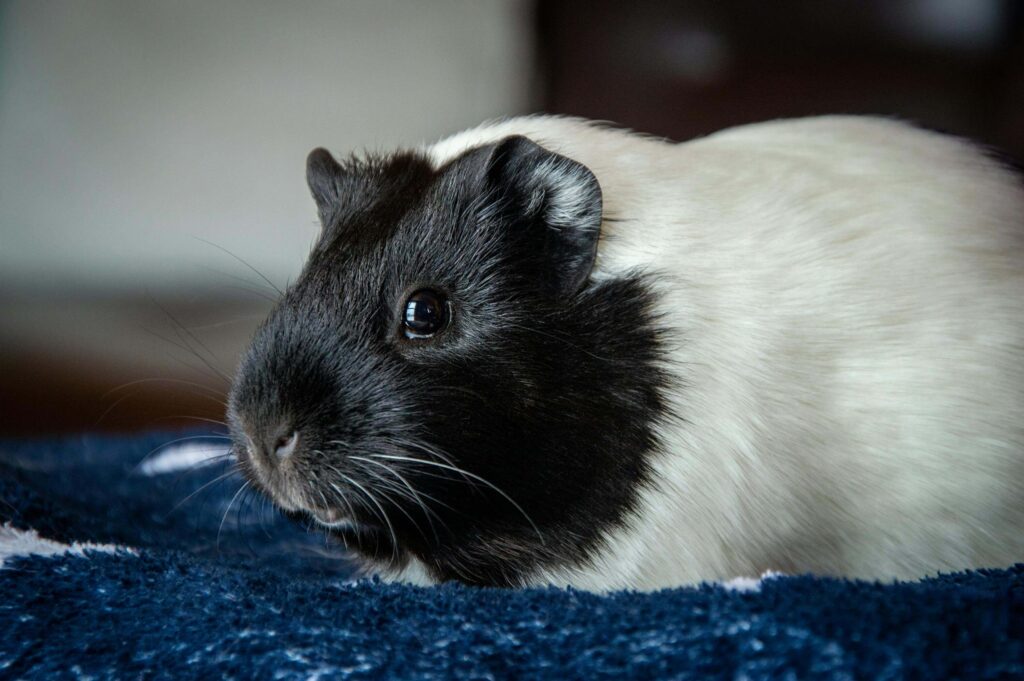
When considering bringing an American hamster into your home, it’s essential to understand the costs involved and the factors to consider before making a purchase. In this article, we’ll discuss the price range for American hamsters and the key aspects to keep in mind when selecting your new furry friend.
Price Range
The cost of an American hamster can vary depending on several factors, such as the breeder, pet store, location, and color or coat pattern. On average, you can expect to pay between $10 and $40 for a pet-quality American hamster. Show-quality or rare color variations may cost more, ranging from $50 to $100 or higher.
Keep in mind that the initial purchase price is just one part of the overall cost of owning a hamster. You’ll also need to factor in the expense of a suitable cage, accessories, food, bedding, and veterinary care.
Factors to Consider When Choosing an American Hamster
- Health: When selecting a hamster, look for signs of good health, such as clear eyes, a clean and dry coat, and an active, alert demeanor. Avoid hamsters that appear lethargic, have discharge from the eyes or nose, or show any signs of injury or illness.
- Age: It’s generally best to choose a young hamster, ideally between 4 and 8 weeks old. Younger hamsters tend to be more adaptable and easier to socialize, while older hamsters may have already developed behavioral issues or health problems.
- Temperament: Observe the hamster’s behavior before making a purchase. A friendly, curious hamster that approaches you is a good sign. Avoid hamsters that appear aggressive, skittish, or overly fearful.
- Source: Purchase your hamster from a reputable breeder or pet store that prioritizes animal health and welfare. Avoid pet stores with overcrowded or unsanitary conditions, as this can indicate poor breeding practices and increased risk of health issues.
- Gender: If you plan to keep only one hamster, gender doesn’t matter much. However, if you’re considering breeding or housing multiple hamsters together (which is not recommended for American hamsters), be sure to choose same-sex pairs or groups to prevent unintended breeding.
Preparing for Your New Hamster
Before bringing your new American hamster home, ensure you have a suitable cage and all necessary accessories and supplies. This includes bedding, food, water bottle, hide box, exercise wheel, and chew toys. Having everything set up in advance will help make your hamster’s transition to their new home as smooth and stress-free as possible.
By considering these factors and preparing a suitable home for your new pet, you’ll be well on your way to providing a loving, nurturing environment for your American hamster. Remember, owning a pet is a long-term commitment, so be sure you’re ready to provide the time, attention, and care your hamster needs to thrive.





